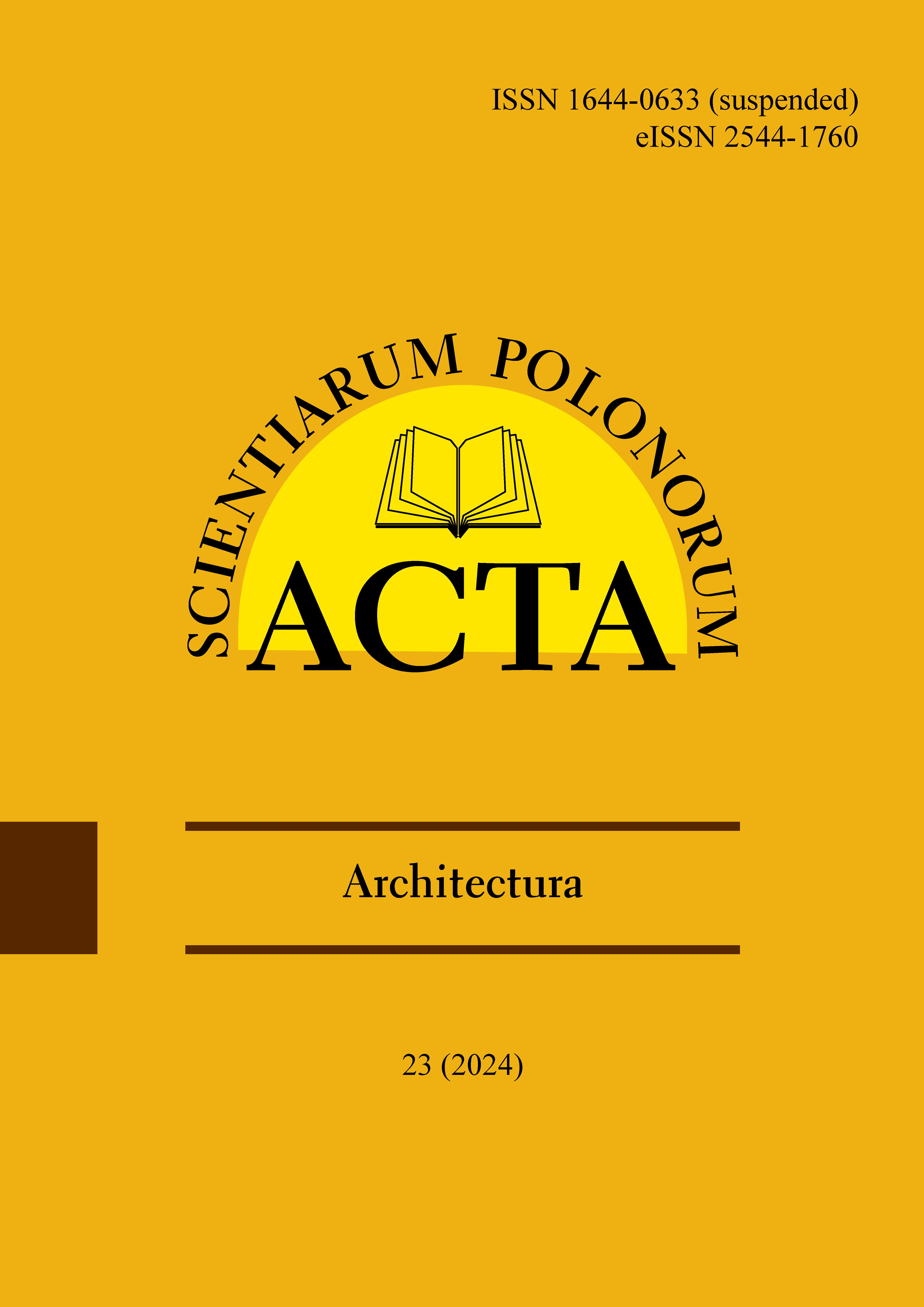Main Article Content
Natural or artificial changes in soil stratigraphic-plane (i.e., the deposition of soil and sediments into distinct layers) orientation can cause variations in hydraulic conductivity in different direction. Hydraulic conductivity must, therefore, be considered – in this case – as a nondiagonal, full tensor to appropriately represent the effect of the orientation of soil stratigraphic planes on the seepage flow pattern. This paper introduces the derivation of the formula for the three-dimensional nondiagonal hydraulic conductivity full tensor calculation in terms of azimuth and vertical angles. Furthermore, two-dimensional numerical simulations of the seepage flow beneath a concrete dam are presented to demonstrate the need to account for the nondiagonal elements of the hydraulic conductivity tensor in anisotropic soils of varying degrees of stratigraphic tilt with respect to the coordinate system.
Article Details
Alam, M. K. & Farid, A. (2023). Impact of nondiagonal elements of hydraulic conductivity tensor on seepage through anisotropic soils. 9th International Congress on Environmental Geotechnics, 3, 124–134. Chania, Greece: ISSMGE. https://doi.org/10.53243/ICEG2023-147
Assouline, S. & Or, D. (2006). Anisotropy factor of saturated and unsaturated soils. Water Resources Research, 42 (12). https://doi.org/10.1029/2006WR005001 (Crossref)
Ertekin, T., Abou-Kassem, J. H. & King, G. R. (2001). Basic Applied Reservoir Simulation. Richardson: Society of Petroleum Engineers. (Crossref)
Fanchi, J. R. (2005). Principles of Applied Reservoir Simulation. Elsevier. (Crossref)
Fanchi, J. R. (2008). Directional Permeability. SPE Reservoir Evaluation & Engineering, 11 (03), 565–568. https://doi.org/10.2118/102343-PA (Crossref)
Fredlund, D. G. & Rahardjo, H. (1993). Soil Mechanics for Unsaturated Soils. John Wiley & Sons. (Crossref)
Genetti Jr, A. J. (1999). Groundwater Hydrology. Washington DC: Corps of Engineers. (Crossref)
Nguyen, H. B. K., Rahman, M. M. & Karim, M. R. (2023). Effect of soil anisotropy and variability on the stability of undrained soil slope. Frontiers in Built Environment, 9. https://doi.org/10.3389/fbuil.2023.1117858 (Crossref)
Peng, X. (2011). Anisotropy of soil physical properties. In J. Gliński, J. Horabik, J. Lipiec (Eds), Encyclopedia of Agrophysics (pp. 55–57). Dordrecht: Springer. https://doi.org/10.1007/978-90-481-3585-1_15 (Crossref)
Pulido-Moncada, M., Labouriau, R., Kesser, M., Zanini, P. P. G., Guimarães, R. M. L. & Munkholm, L. J. (2021). Anisotropy of subsoil pore characteristics and hydraulic conductivity as affected by compaction and cover crop treatments. Soil Science Society of America Journal, 85 (1), 28–39. https://doi.org/10.1002/saj2.20134 (Crossref)
Tran, Q. & Liu, J. (2016, July 22). Modified Iterated Crank-Nicolson Method with Improved Accuracy. arXiv. https://doi.org/10.48550/arXiv.1608.01344
Downloads

This work is licensed under a Creative Commons Attribution-NonCommercial 4.0 International License.

